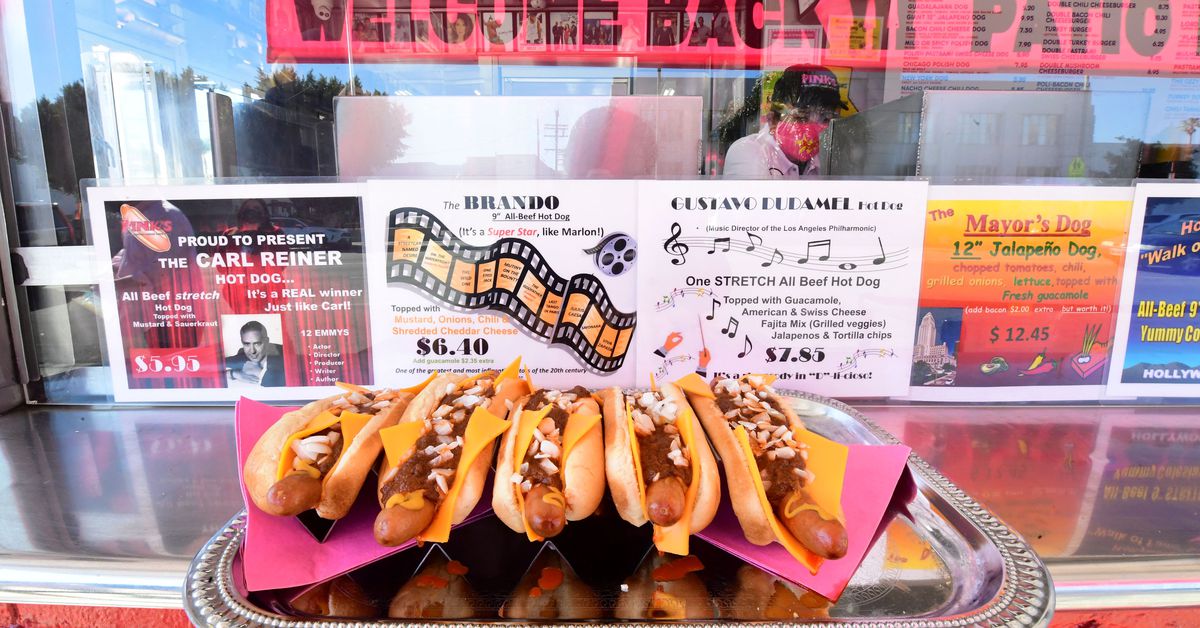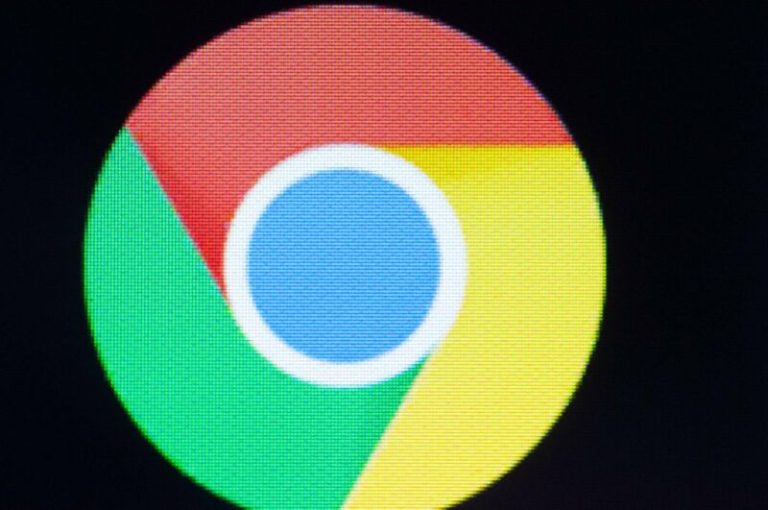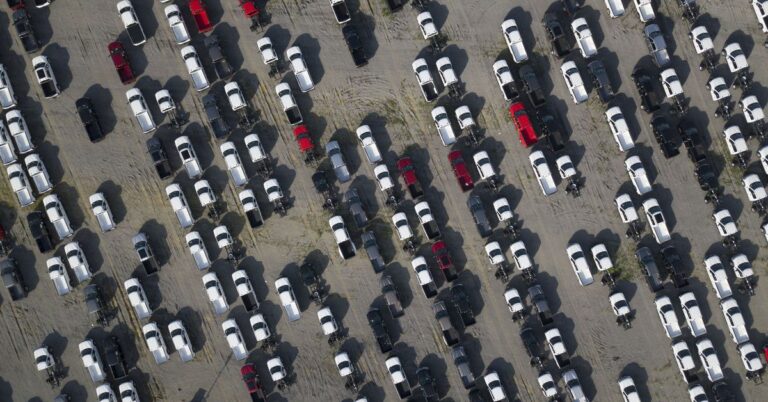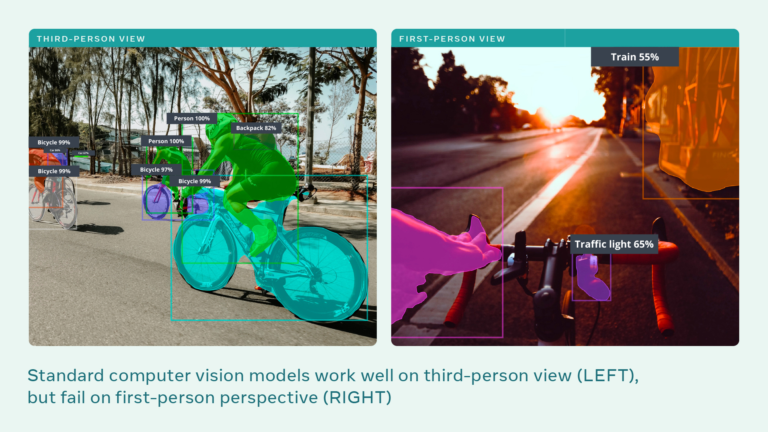
You can paint a picture of the pandemic by what we bought or didn’t buy. You can learn a lot by looking at where we went or didn’t go. And as vaccines become more widely available and the end of the pandemic potentially draws near, you can also use those measures to illustrate which industries have recovered or are still struggling
Recovery from the impacts of the pandemic varies widely by industry, according to new data from Earnest Research, which uses de-identified credit card, debit card, and mobile geolocation data to track spending and foot traffic at businesses in the United States. Even within a category like food or retail, there are winners and losers based on the particulars of the pandemic that made one type more or less popular than another. The data is indexed to the same month two years earlier — so March 2020 data would show the percentage difference from March 2018 — in order to strip out some of the huge dips when many businesses were closed completely during lockdown.
Food
Spending on online grocers like Fresh Direct and Instacart and delivery services like DoorDash and GrubHub soared during the pandemic to rates 400 percent higher than what they had been a couple years earlier, as people sought a safer way to get food than going to the supermarket or restaurants. While below their pandemic peaks, sales remain elevated far above where they had been as these types of commerce continue to grow in popularity.
Restaurant recovery varied by type, though none is booming. Sales at fast food and fast casual restaurants — think Chipotle and Chopt, where you can pick up food but don’t necessarily dine in — are above 2019 levels. Meanwhile, sales at restaurants where people typically dine in, both fine dining chains like Capital Grille or Sugarfish and casual chains like Applebee’s and California Pizza Kitchen, remained depressed.
Supermarket sales are back to the 2019 baseline after sales surged nearly 30 percent in the early pandemic. Perhaps people are over a lockdown spent cooking for themselves, but it’s more likely that grocery shopping has moved online and into meal kits.
Shopping
The biggest areas of apparel growth were in active and athleisure brands like Lululemon, Spanx, and Nike, as Americans worked from home and got comfy. Even from our quarantine isolation, our fashion followed collective trends bolstered by social media. Unflattering bike shorts became the official uniform of pandemic summer.
Unsurprisingly for those of us who have abstained from the strictures of pants and going out, professional and dress attire brands like Brooks Brothers and Banana Republic suffered most, and sales remain down. Purchases of fast fashion and luxury brands, however, are up — perhaps thanks to the beloved quarantine pastime of impulse buying online.
And while certain types of clothing spend have recovered, the physical stores at which they were once purchased haven’t. Earnest Research data on foot traffic by category — which is different from their spending categories because it tracks entities like malls — shows that people haven’t completely returned to clothing stores.
In conjunction with the elevated spending data, this suggests that online sales have taken a bigger portion of clothing sales in a move that’s likely to be permanent.
Fitness
Even before the pandemic, physical gyms were in trouble, as people increasingly opted to work out at home on a new swath of at-home fitness equipment rather than in the gym. The pandemic closures during lockdown might have solidified that trend.
Gym traffic is down 30 percent from pre-pandemic levels and spending is down significantly as well: 40 percent in March 2021 compared with March 2019, according to Earnest data. And it’s possible it will remain depressed, thanks to the enormous growth in spending on at-home workout equipment and subscriptions during the pandemic, with companies like Peloton and NordicTrack seeing rapid growth.
Travel
Travel recovery is a bit harder to pin down, especially since a lot of travel during the pandemic happened locally, with people traveling by car and staying in Airbnbs nearby. The data we have also ends in March, before the CDC gave the green light to vaccinated travelers.
What we do know is that foot traffic to airports, hotels, and rental car establishments remains down. And while numbers are ticking upward, spending data on airlines and online travel also remain depressed as of the end of March, according to Earnest’s data.
That said, many are predicting a travel boom this summer. As more Americans get vaccinated — currently nearly a quarter of the population are fully vaccinated — it is likely that more people will take to the air (or boat or rental car). Three-quarters of Americans are planning a post-vaccine trip within the next six months, according to a new survey from PredictHQ, a demand intelligence company.
“My guess is there’s so much pent-up demand, domestic travel this summer will potentially be bigger than pre-pandemic levels,” PredictHQ CEO Campbell Brown told Recode.
Americans, who have hoarded so many vacation days since the pandemic that some employers are paying them to take off, are about to summer like Europeans, according to the Atlantic, which reported searches and reservations for summer growing rapidly on online portals.
For now, our travel habits are closer to getting back to how they used to be.






